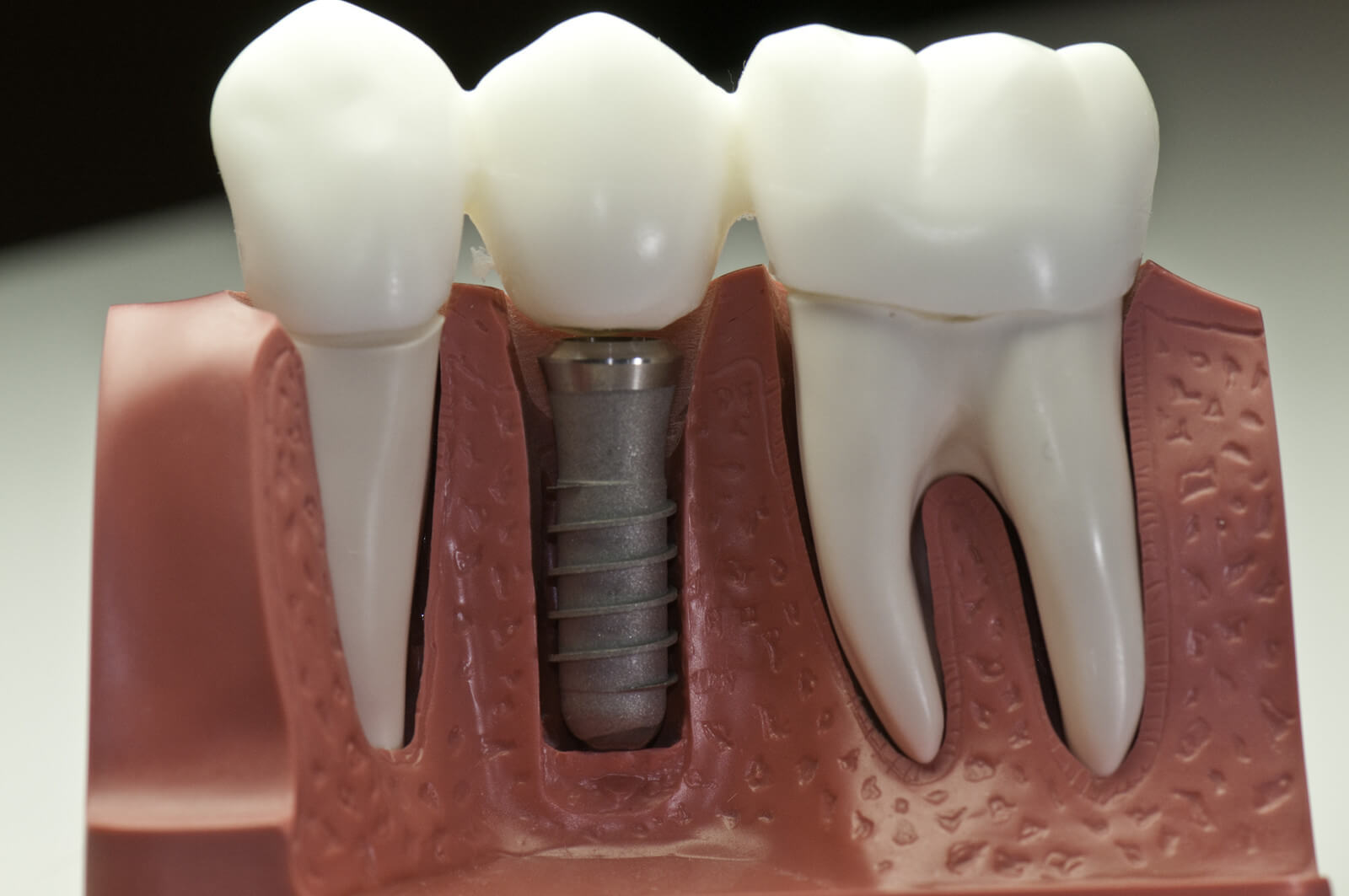Have you ever heard of dental implants described as “the gold standard? Many people have benefited from dental implants in Grande Prairie to solve their dental needs. Just what is it that has made dental implants such an effective solution for so many people?
Dental implants have an exceptional success rate
While implants of one sort or another have been used for millennia, they took a giant leap forward in the early 1950s. At that time, a medical researcher studying blood flow in the bones of rabbits, of all things, noticed that a titanium implant chamber had fused with the rabbits’ bones. That process came to be called osseointegration. The natural ability of titanium and bone to fuse together powerfully makes titanium an ideal material for constructing implants.
Since the discovery in the early 1950s of the process of osseointegration, innovations have continued apace. Over the decades, implants have been shown to have a success rate of over 95%. Continuing innovations relating to 3D imaging and materials technology to make up for low bone density and other conditions mean that dental implants are an increasingly precise and effective solution for many patients. Having said all of that, it’s important to understand that titanium dental implants may not be appropriate for every patient. Whether they’re appropriate for you will depend on a careful assessment of your medical and dental history, and the health and condition of your teeth and jaw.
Implants are a potentially life-long solution for dental problems
It takes several months to obtain a dental implant in Grande Prairie. While that is a lengthy period of time to be sure, the investment of time and effort will pay off with a lifetime solution for tooth loss. That potentially lifelong solution is possible thanks to the biocompatibility of titanium and bone, and the process of osseointegration. Keep in mind, though, that the lifespan of any dental restoration or solution depends on your commitment to oral health, including proper oral hygiene, annual dental cleanings, and regular dental checkups.
If you neglect your oral health, the accumulation of bacteria, plaque, and tartar can contribute to the development of tooth decay and gum disease. While dental implants are not natural teeth or root tissue, the gums around a tooth implant can become infected. Gum infection around an implant can develop into a condition called peri-implantitis, an inflammatory process that affects both hard and soft tissues. If left unchecked, peri-implantitis can degrade the alveolar bone that anchors the titanium post. To prevent the development of peri-implantitis that may put your implant at risk, it’s important to commit to daily dental hygiene practices and consistent dental care.
Implants stimulate the growth of new bone tissue
The most obvious consequence of tooth loss is a gap in your jaw and the loss of dental function. Missing teeth inevitably undermine your ability to eat and chew, and even the ability to speak. There are less obvious consequences of persistent tooth loss, though. The longer that a tooth’s root is missing from your jaw, the more the bone tissue in your jaw degenerates and shrinks. That gradual loss of bone structure will eventually undermine the support offered to neighbouring teeth.
Titanium dental implants not only support dental restoration, but also stimulate the growth of new and healthy bone tissue. This means that a new dental implant will not only restore dental function. It will actually produce new and healthy jaw material to sustain your overall oral health.
Are you curious about the appropriateness of getting a dental implant near you to restore your dental function and oral health? To confirm whether you are a good candidate for dental implants, contact a dentist in Grande Prairie.

